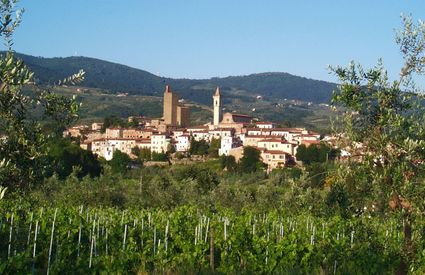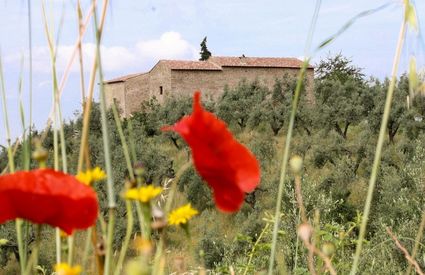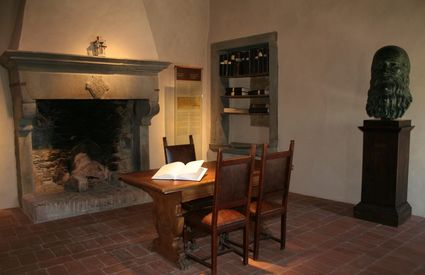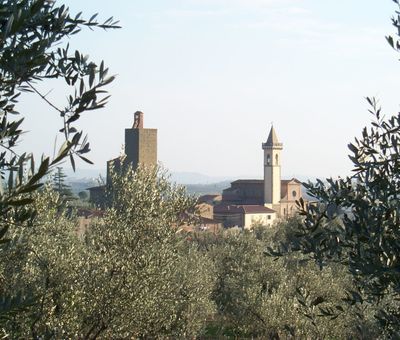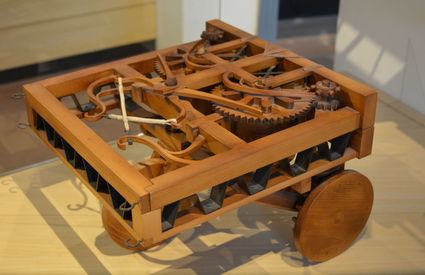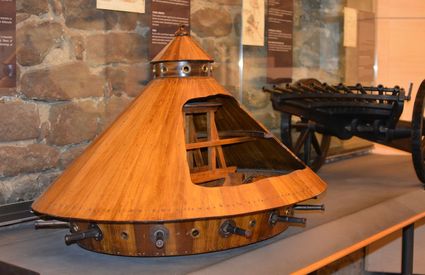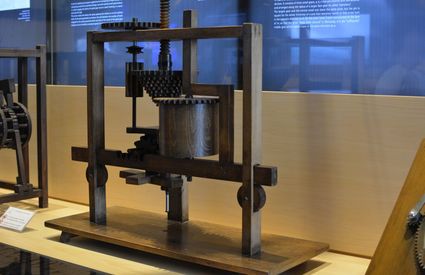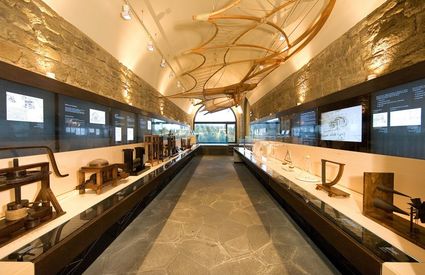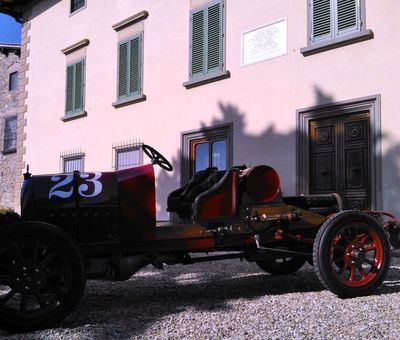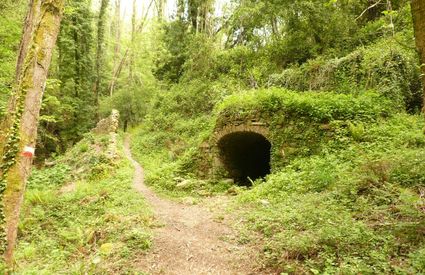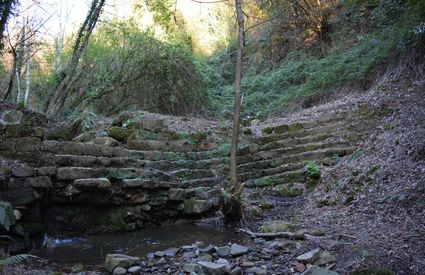The mad flight and Cecco Santi
Flight isn’t just a Leonardo thing; it affects the whole community. We’re not talking solely about kite flying and the plans that Leonardo based on the scientific observation of his trajectories. Centuries before, with the legend of Cecco Santi, the residents of Vinci had dabbled in the adventure of conquering the skies. With the Cecco effigy, which is thrown down from the tower of the Conti Guidi castle every year in the middle of summer, the community continues to celebrate its joy at a good harvest with its brilliant local red wine and golden Montalbano oil.
Technology, innovation and speed
The automotor carriage, the automobile invented by the Genius of Vinci for spectacular theatre sets, is a reminder that future-looking thoughts have always been at home here. It reminds us about a place where innovation, technology and speed have always existed. The automobile. It might be a mere coincidence of course, but it’s as though we could still see him at the wheel of his rumbling red racing car “Italia”, Count Giulio Masetti da Bagnano, born and bred in Vinci and an icon of 1920s motoring, an embodiment of bravery and the living image of bygone speed. There was something mysterious, a passion between the Count and the “Targa Florio”, the most important car race of its time. It’s as though we could still see him, yes, but suddenly he’ll disappear around a bend, thrust into the future.


